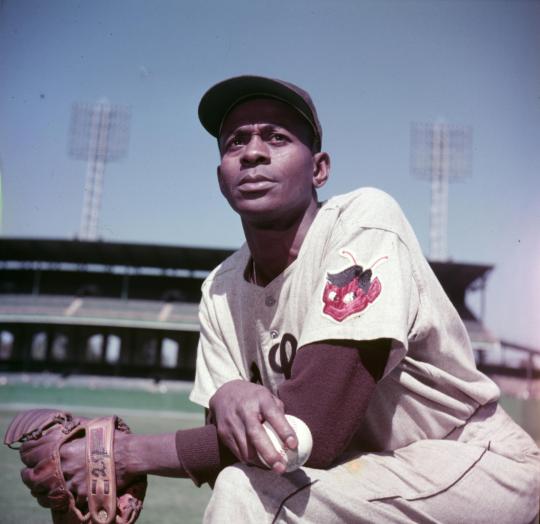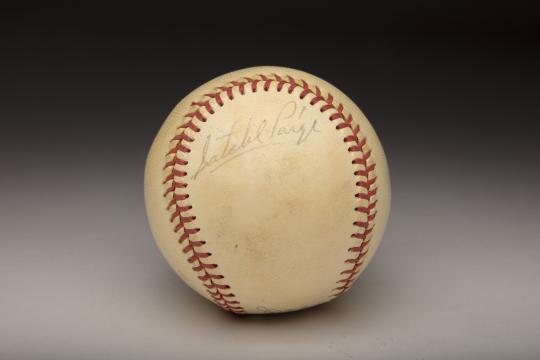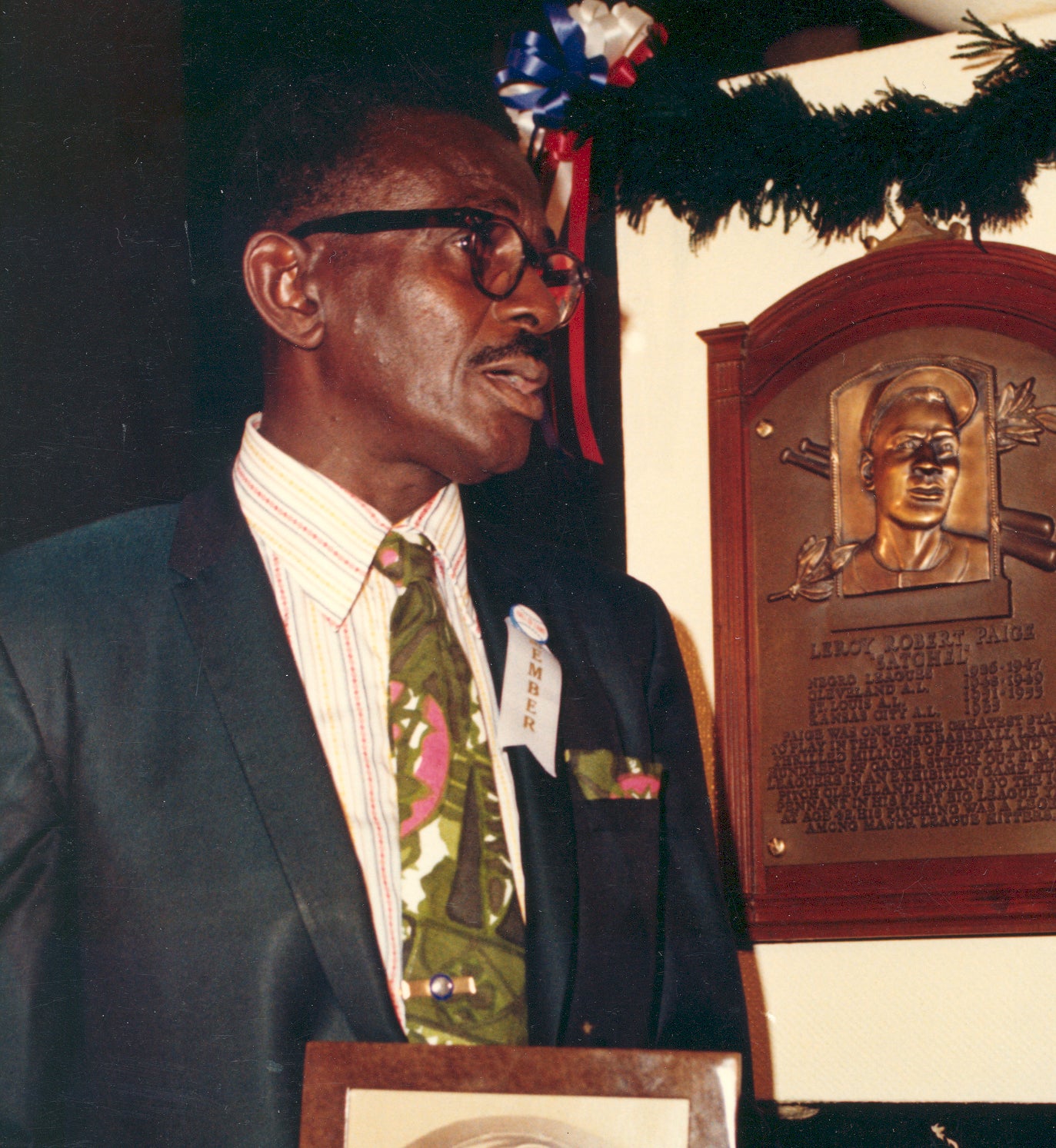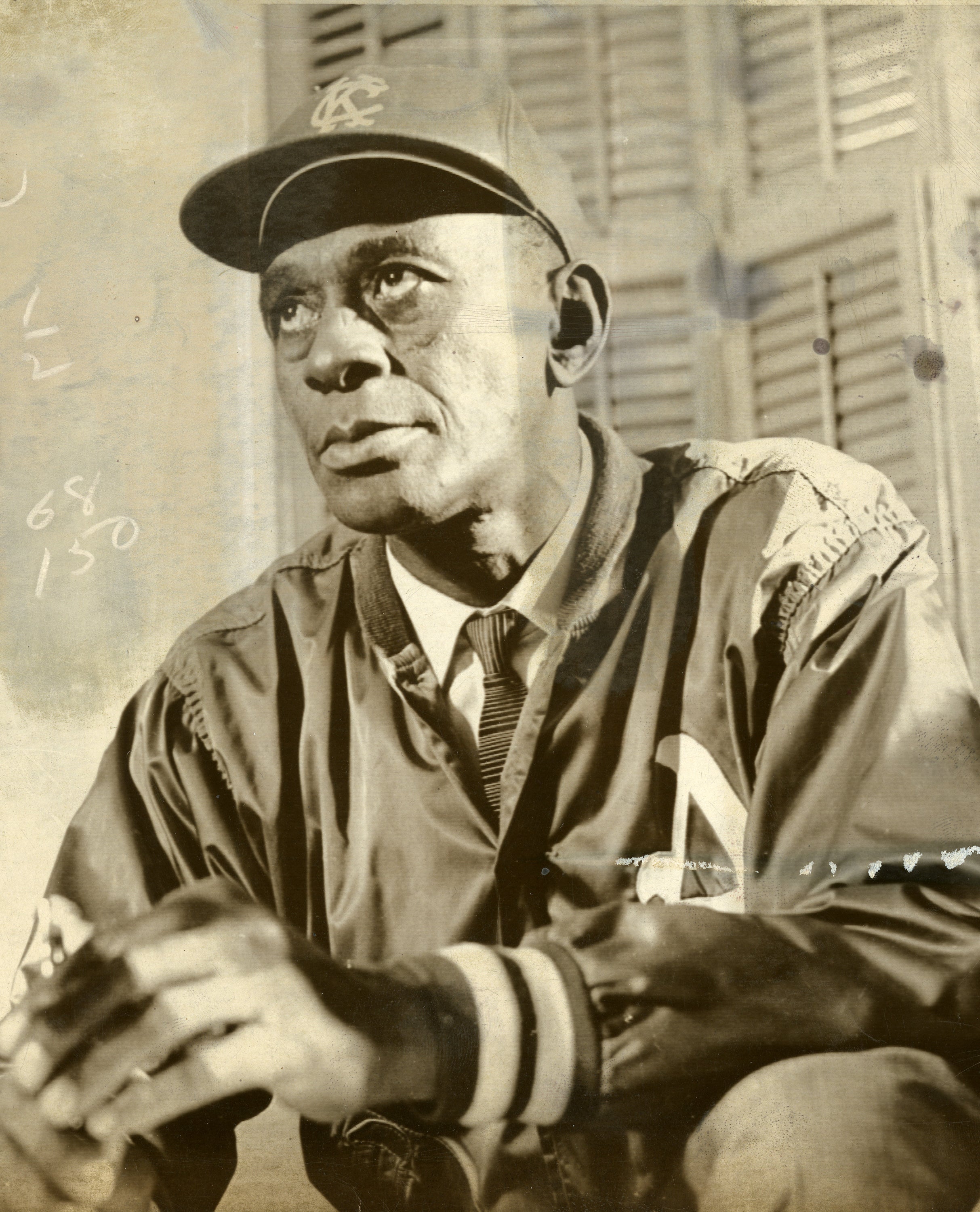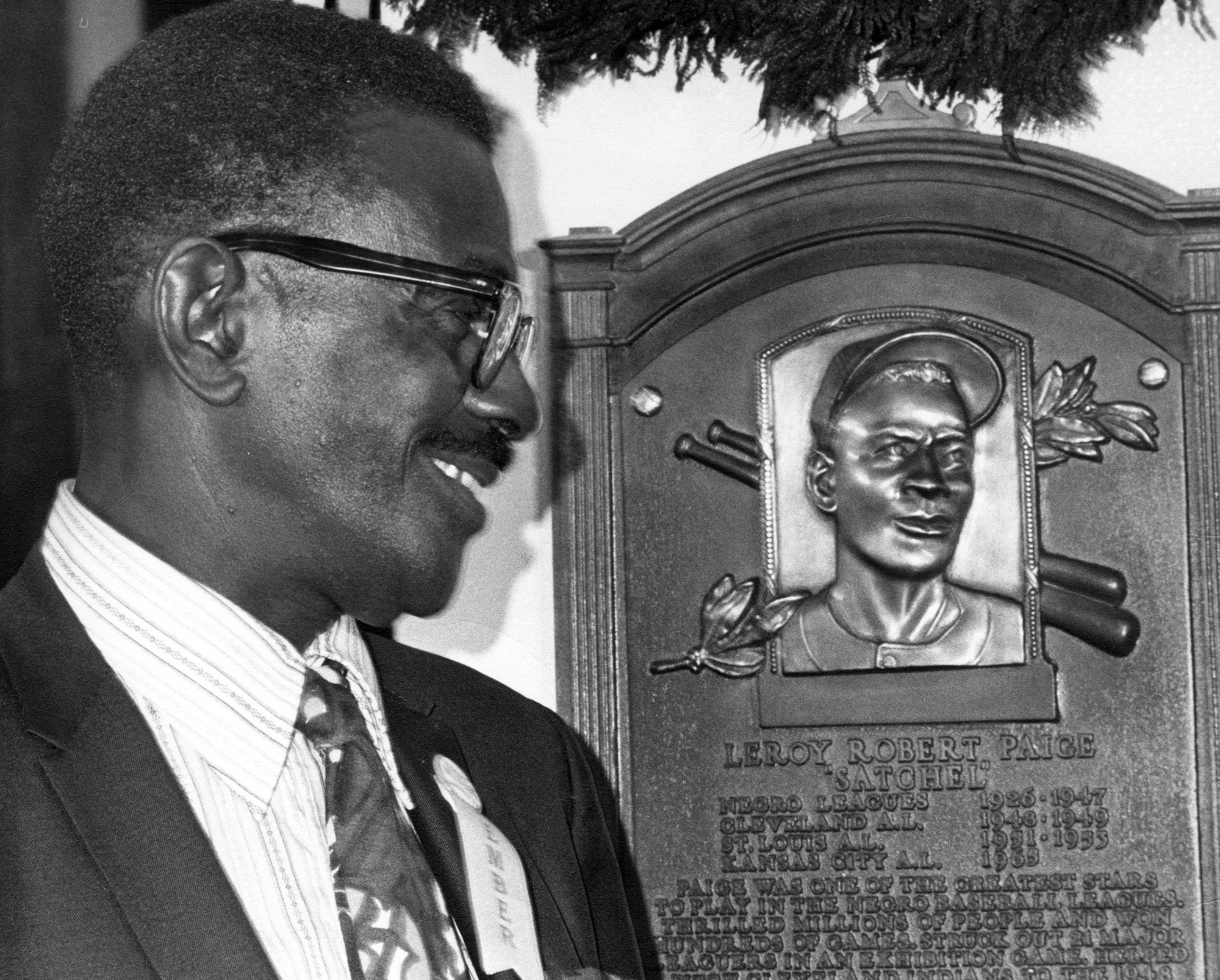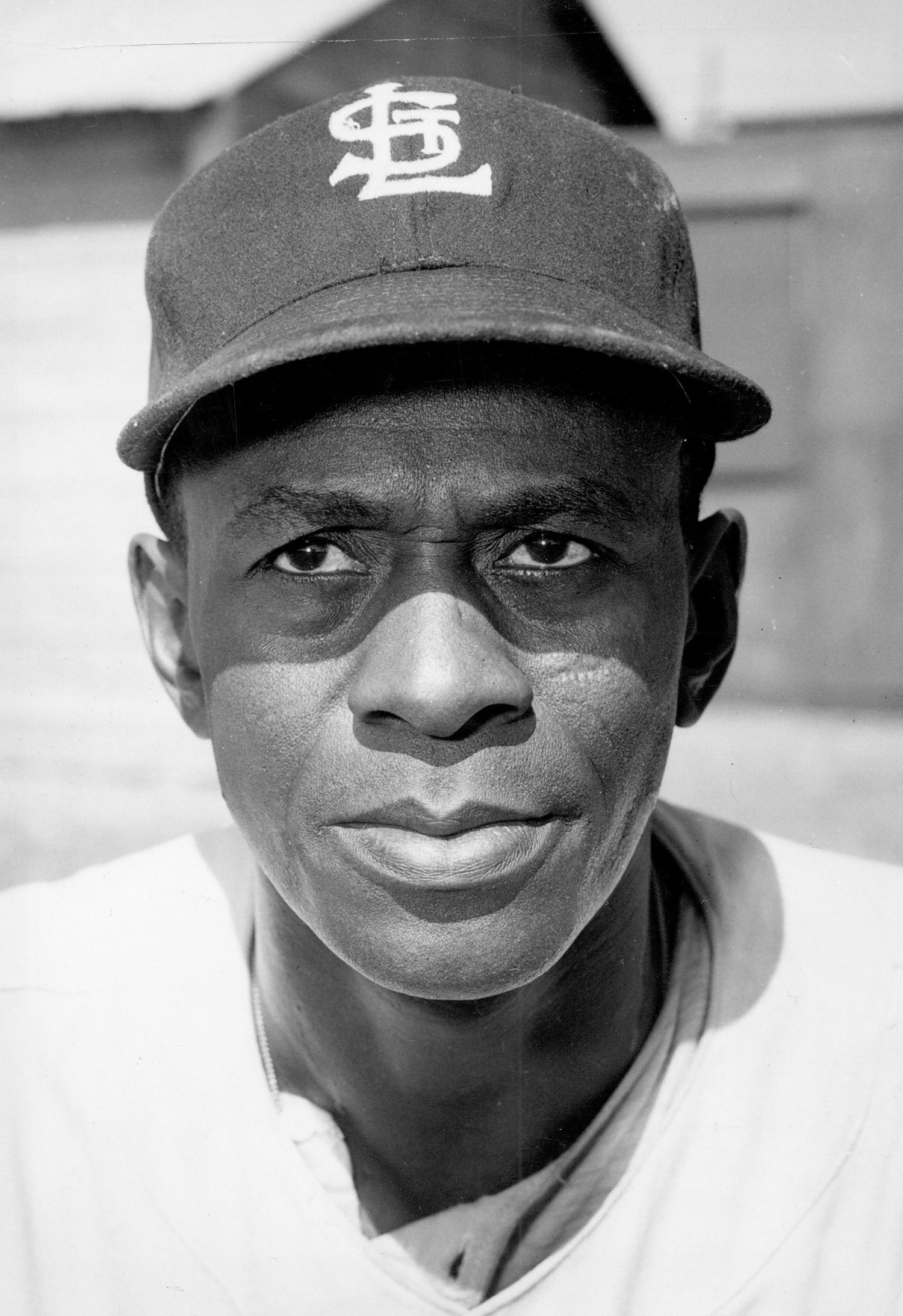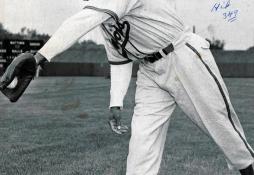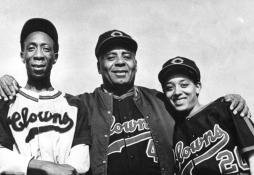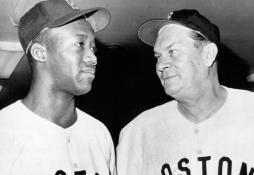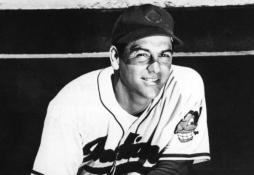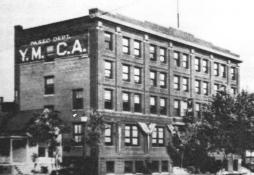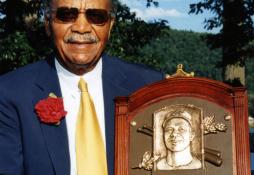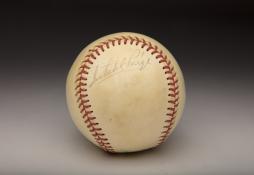- Home
- Our Stories
- #Shortstops: Sign of a legend
#Shortstops: Sign of a legend
Leroy Robert Paige was born on July 7, 1906 in Mobile, Ala. He earned his nickname as a youngster while working as a porter and carrying bags for hotel guests. Paige created a device with a pole and rope that allowed him to carry multiple satchels at once, which meant he could earn more money in a day and help financially support his family.
Hall of Fame Membership
There is no simpler, and more essential, way to demonstrate your support than to sign on as a Museum Member.
Be A Part of Something Greater
There are a few ways our supporters stay involved, from membership and mission support to golf and donor experiences. The greatest moments in baseball history can’t be preserved without your help. Join us today.
After being described as looking like a “satchel tree” while using his invention, Paige said, “Leroy Paige became no more and Satchel Paige took over.”
Satchel was sent to a reform school in Alabama at around age 12, and there he was taught the fundamental skills of pitching. Edward Byrd was his coach at the school, and he showed Satchel the mechanics of being a successful pitcher. Paige’s height, long limbs and big hands gave him the foundation to be a formidable pitcher. Combined with his unique windup and release as taught by Byrd, Satchel’s throwing made him a legend.
His early pitching was defined by his velocity and power, and by the opposing batter’s inability to put the ball in play. Satchel spent the bulk of his career in the Negro Leagues and pitched for several different teams. He debuted with the Birmingham Black Barons in 1927, then went on to play for the Cleveland Cubs, Pittsburgh Crawfords, New York Black Yankees, Memphis Red Sox and Kansas City Monarchs.
Paige was a pillar of barnstorming baseball at the time, traveling and playing across the country. He drew crowds of spectators wherever he played, which brought attention to Negro Leagues players, allowed Paige to showcase his pitching prowess and provided a means to earn additional income.
Later in his career, Paige played for the American League’s Cleveland Indians and St. Louis Browns, earning a spot on the AL All-Star team roster in both 1952 and 1953. His final game with St. Louis was in 1953, and he did not play in the big leagues again until 1965 – when, at the age of 58, he pitched three innings in a game for the Kansas City Athletics, becoming the oldest player in AL/NL history.
Given that Negro Leagues teams often did not have the resources to maintain complete records, statistics during this time are incomplete. That said, Paige kept his own records of his playing statistics and the numbers are astonishing. His records asserted that he played 2,500 games, threw 250 shutouts and pitched anywhere between 20 and 100 no-hitters, among other amazing achievements. His skill and dominance on the mound was unquestionable even if his exact statistics remain somewhat unclear.
Paige was inducted into the National Baseball Hall of Fame in 1971, which made him the first player to be elected by the Committee on Negro Baseball Leagues. His autographed baseball from his induction year is preserved in the Museum’s collection.
Sarah Vitelli was the 2023 library research intern in the Hall of Fame’s Frank and Peggy Steele Internship Program for Youth Leadership Development

